Knowing Your Exact Curl Type Can Be Tricky, so 2 Texture Specialists Broke It Down for Us
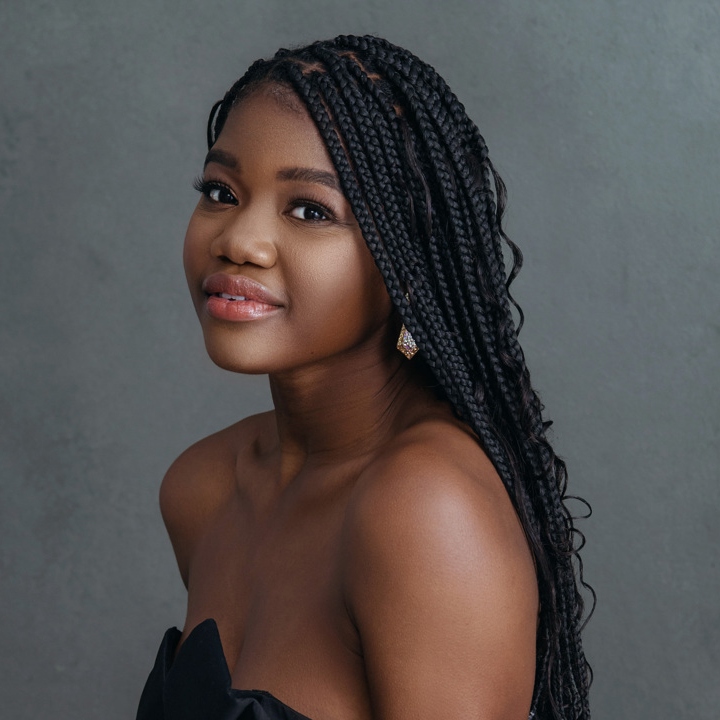
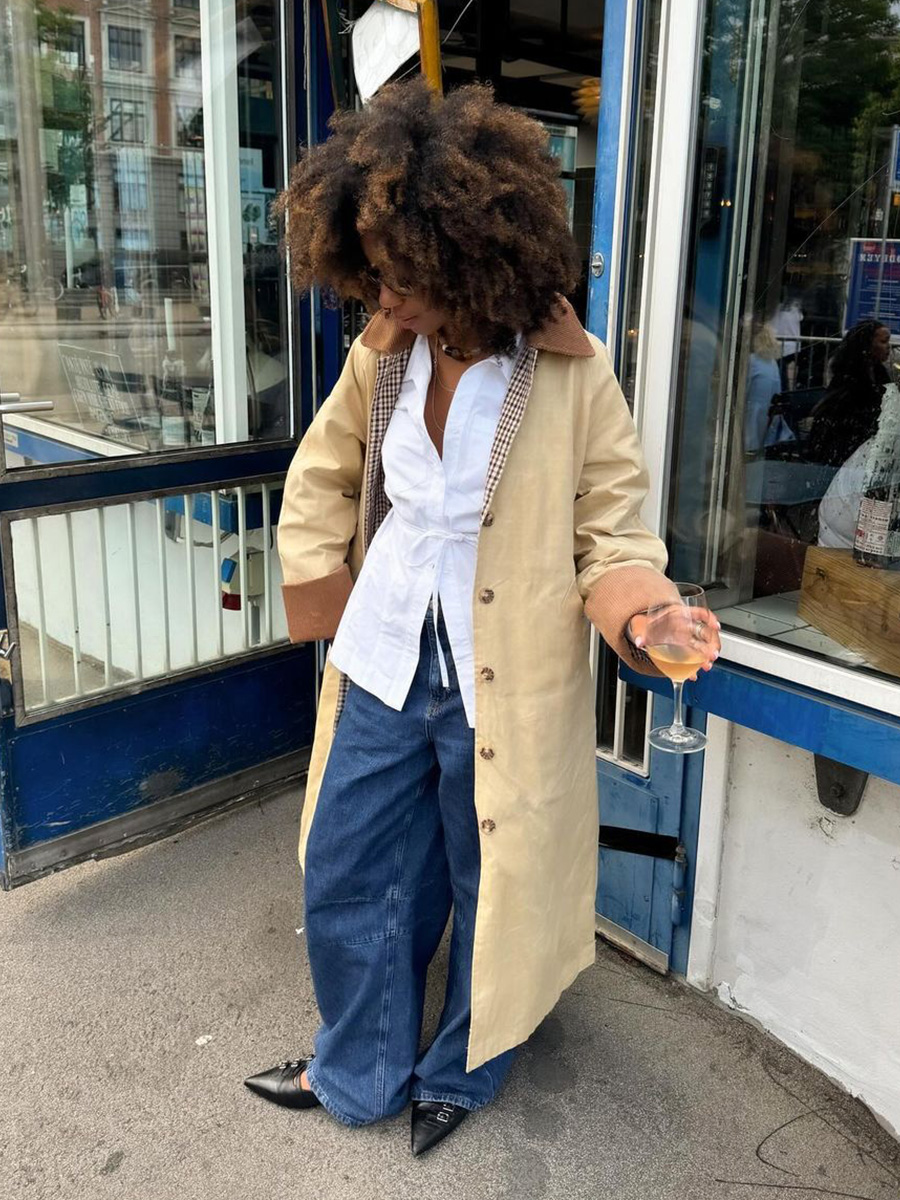
Four years ago, I made one of the biggest changes of my life. In October 2020, I underwent the "big chop," trimming my chemically altered hair to the root for my natural texture to make a triumphant return. Going back to natural coils also prompted a deep edit of the hair products I used daily and required relearning how to care for them. In truth, I wouldn't have known where to begin my natural hair journey if not for the guidance of trusted hairstylists who taught me about celebrity hairstylist and educator Andre Walker's popular curl-typing system.
To get a better idea of what the different curl types are and what each needs to thrive, I tapped Maria Sotiriou, curl specialist and founder of Silke London, and celebrity hairstylist Sophie Rose Gutterman to share the perfect curly hair routine for your needs and their favorite products designed to enhance curls of all types. Whether you're looking to completely revamp your haircare routine or have yet to be introduced to your hair type, they've got you covered. Keep scrolling to learn all about the different hair types and what you can do to make yours thrive.

The Different Curl Types
"Curly hair" is an umbrella term used to describe hair with tighter textures and the pattern of individual hair strands. The texture of each is categorized as being fine, medium, or coarse. "Each category is determined by the circumference of individual strands," Sotiriou explains. A hair type is assigned to determine how we expect the hair to act. "1a, 1b, and 1c hair is straight hair and will probably be difficult to style and hold a curl, whereas 4c type hair will be coily, but the texture can be fine and delicate even though you might not think it is," she says.
If you're unsure of where your strands fall on the spectrum, you're in luck. Sotiriou tells me there's a quick trick to revealing the nature of your hair. "The easiest way to determine curl pattern is by looking to see if the curl rotates round and back to sit just below the curl above. That would probably be coily hair," Sotiriou says. "If the hair curls around but drops lower when moving into the next curl, that is probably curly hair. Finally, if the hair doesn't curl back around but drops into a bend, that is wavy hair."
Is it possible for there to be different curl types on a single head of hair? According to Gutterman, not only can someone have multiple curl types in different locations, but they can also change over time. "It can be [more] curly, and the texture over time can get straight or be different from heat damage, chemicals, or even taking hormonal supplements," she explains. It's also helpful to know if your curls are high or low porosity since water and products can enter the hair but also leave it easily. "Hair porosity will play a big role in how much product you need. Depending on how well your hair retains water, you may have to use a more hydrating leave-in," says Gutterman.
Now that you know what to pay attention to, keep scrolling for an introduction to the different curl types.
Type 2 (Wavy Hair)
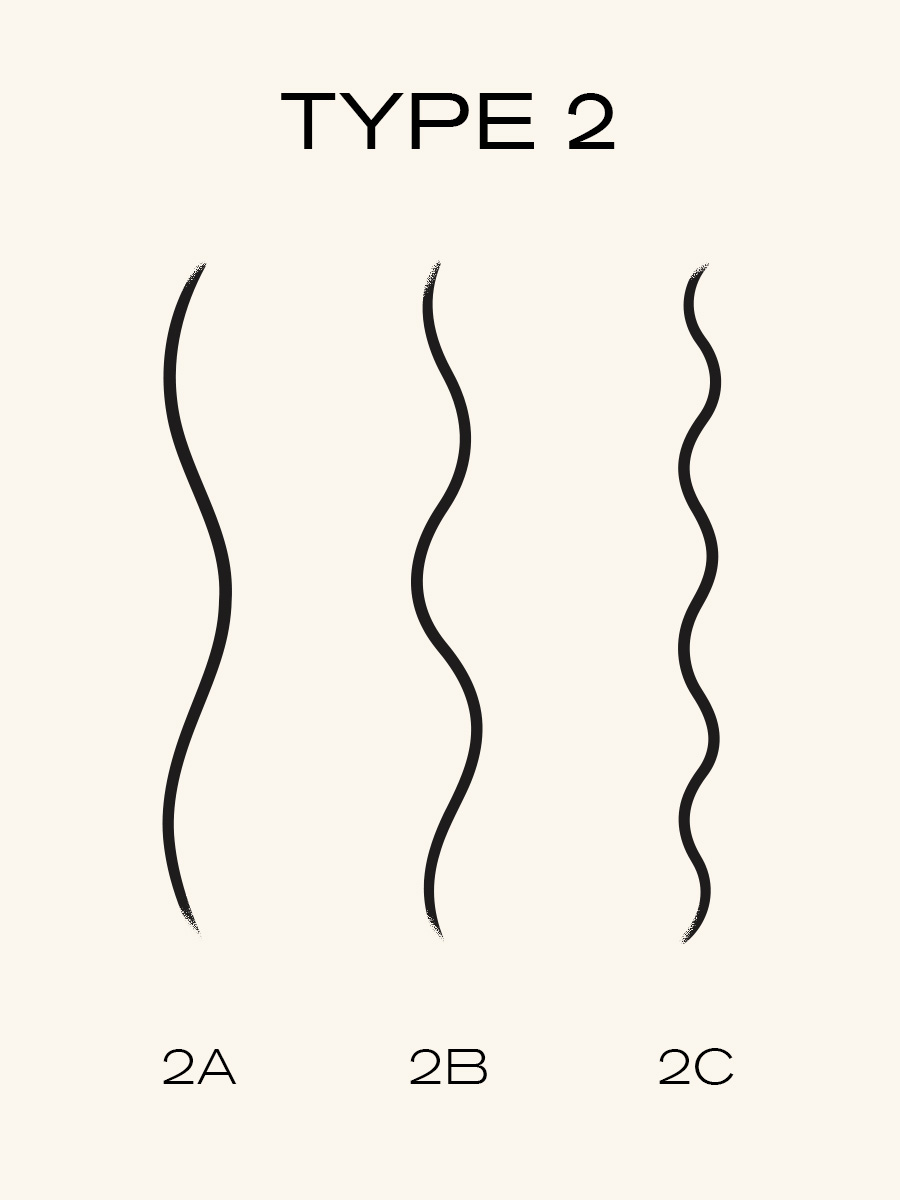
Type 2 curls range from fine to course textures, are bendable, hold their shape, and grow in an S-shaped pattern from the scalp. To extend the longevity of styles with type 2 curls and reduce the chance of flattening, try diffusing your curls for maximum volume and definition. Then, finish off with a lightweight holding spray.
2a: This curl type has a fine texture that can easily be straightened. It also has a tendency to lack volume at the root. To give the hair more volume and fullness, consider using light mousse to add some fullness at the base and pump up the volume without weighing down your strands.
2b: Lying flat at the crown with defined S-shaped waves starting from mid-length, the strands of this hair type have a thicker diameter than 2a. To play up your natural waves, try using a sea salt texturizing mist.
2c: Because the 2c curl type features S-shaped bends that are defined at the root and thick, they're susceptible to frizzing. To keep your curls well-maintained and defined, use a non-lathering, sulfate-free co-wash between washdays that won't strip natural oils and moisture away. Layering styling cream with mousse will lock in moisture and add hydration.

Customer Review: "I've been looking for a good hair oil that doesn't weigh my hair down, and I finally found it! This makes my hair smooth and shiny without making it look greasy. I love that the texture is so lightweight, and it also smells good!"

Customer Review: "I have 2B waves, thin, and fragile hair. I use w/ hair moderately wet and close to final look. I spray this on and scrunch and air dry or diffuse dry. Makes frizzy parts conform and adds polish to my final look. Love!"

Customer Review: "This product moisturized my hair, cleaned my hair and scalp, and conditioned without leaving residue or oily feeling. The smoothie is perfection! I can use it on wet or dry hair. Amazing results, healthier, bouncy and well-defined curls. No frizz!"
Type 3 (Curly Hair)

Type 3 curls range from shiny, loose S-pattern curls to tight corkscrew-shaped curls that form ringlets. The secret to maintaining the health of these strands is to use products that moisturize and define while combating halo frizz. You may also see some success layering products for extended wear time.
3a: This hair type tends to be shiny and have large, loose curls. It's also one of the most fragile curl types, as any friction can create frizz. Try scrunching a curl-enhancing product into damp hair to emphasize its texture and spritz with a lightweight curl refresher.
3b: Strands with a 3b curl type come in the form of springy, tight ringlets. This texture can get dry, so make sure you use curl gel formulated with humectants like hyaluronic acid, glycerin, and aloe vera to attract moisture, offer definition, and deter frizz.
3c: This curl type is defined by densely packed, high-volume curls that are impacted by humidity, resulting in frizz. To stop your curls from drying out, use sulfate-free, creamy cleansers followed by mousse and styling cream while your hair is still wet.

Customer Review: "I love this product for styling natural curls! Gave my long, fine, curly (type 3c) hair body, bounce, shine, and hold and felt light natural. Thank you!"
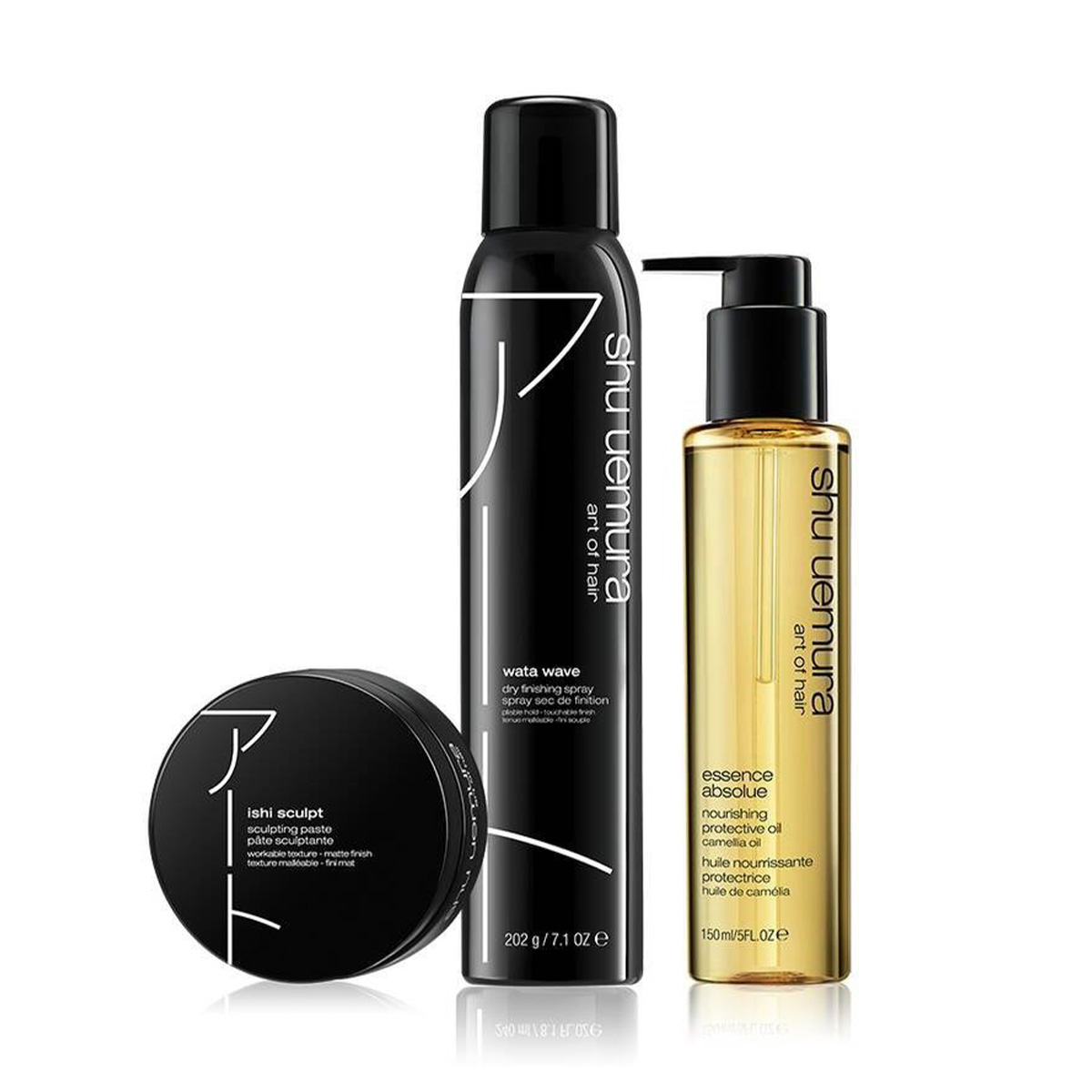
Customer Review: "I received a sample of this product, and lately my hair hadn't been feeling as soft or smooth, but after using this sample I noticed my hair felt a lot softer, was smoother after blow drying and less frizz as well."
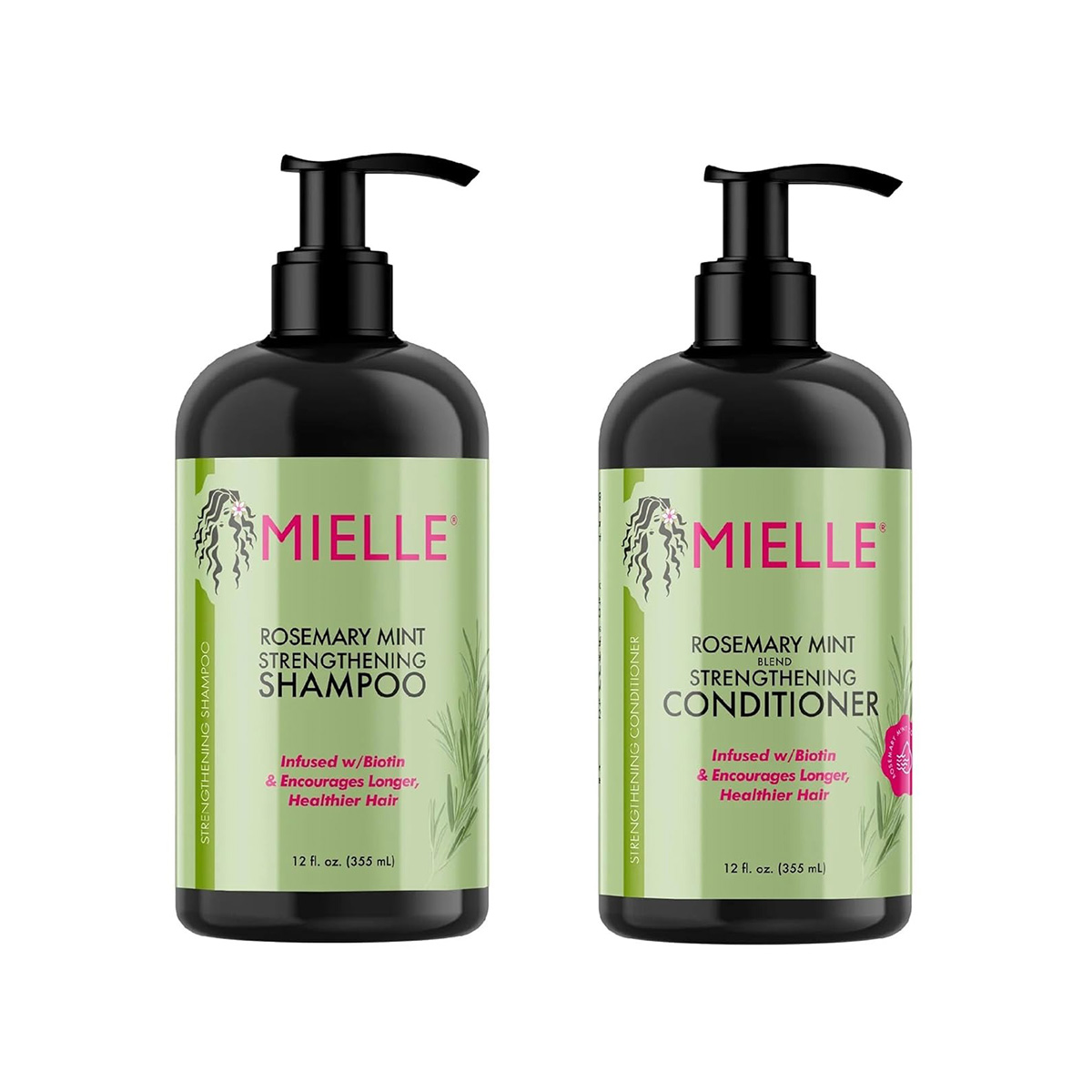
Customer Review: "I have really bad dandruff and itchy scalp, so I've been using the oil for my scalp for some time. Naturally when I saw the shampoo and conditioner, I had to try it! I used them today, and my scalp feels incredible! Not dry, not oily, just super clean. And the smell is phenomenal! Love this brand! It's a keeper!"
Type 4 (Coily Hair)
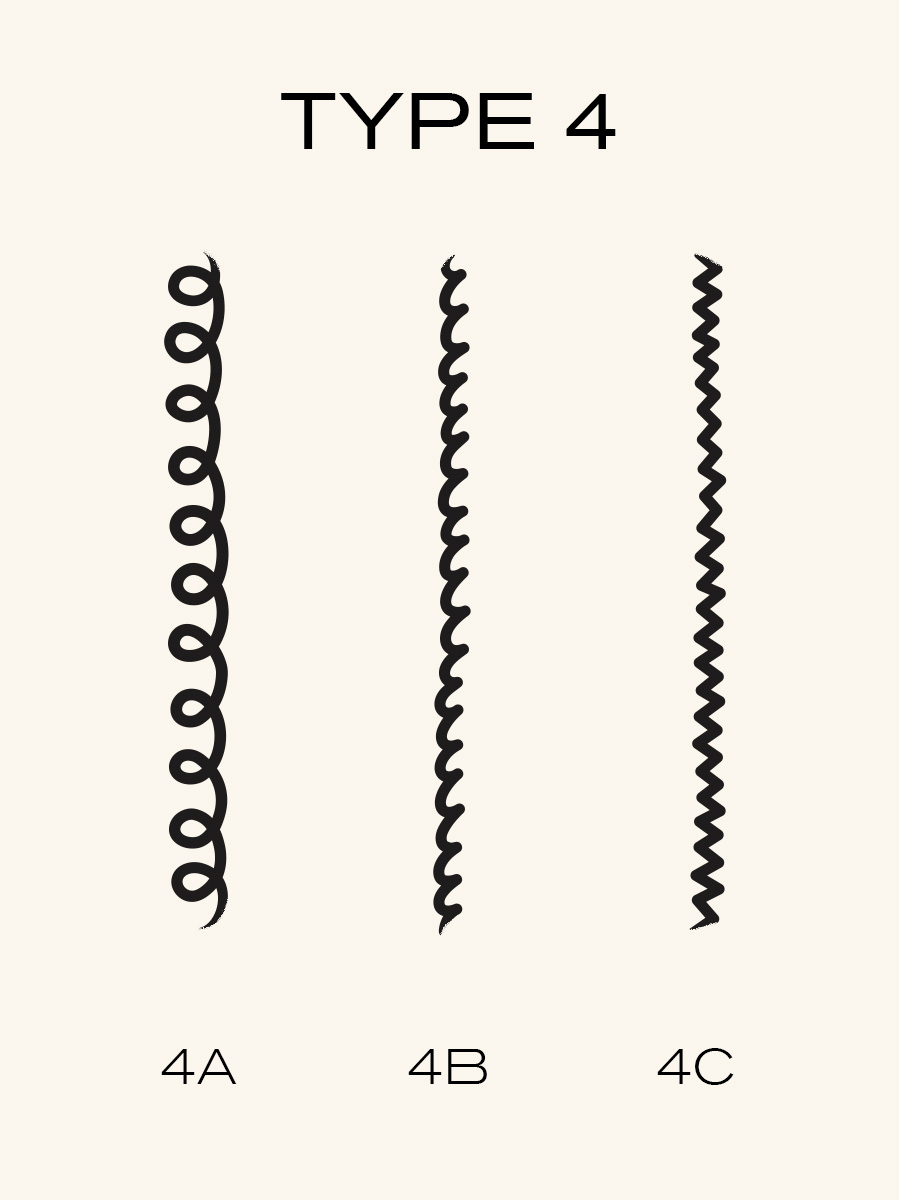
Type 4 hair—also referred to as kinky or Afro textured—features tight, small curls that are naturally dry and can range from fine to coarse. They form tight, Z-shaped strands at the scalp and often experience shrinkage without help from products formulated to lengthen and define the hair. No matter how these curls are styled, moisture is their best friend!
4a: If someone has 4a curls, it means the hair has a visible curl pattern with springy, densely packed, S-shaped coils. Try pairing a curl cream with leave-in moisturizer, and incorporate a scalp massager in your haircare routine to detox the scalp while reducing buildup.
4b: This densely packed curl type has sharp, Z-shaped angles instead of coils that can be shaped and styled in many ways. Because this hair type is prone to dryness, combine priming and moisture sprays with leave-in conditioners with hydrating curl creams between washes.
4c: The 4c pattern has a zigzag shape like 4b curls, but it's less defined and sometimes indiscernible to the eye. This curl type also experiences more shrinkage than any other curl types. Avoid using products containing sulfates that strip the hair of moisture. Instead, opt for natural oils like argan, shea butter, and coconut oil in leave-in conditioners and creams to keep the hair moisturized.
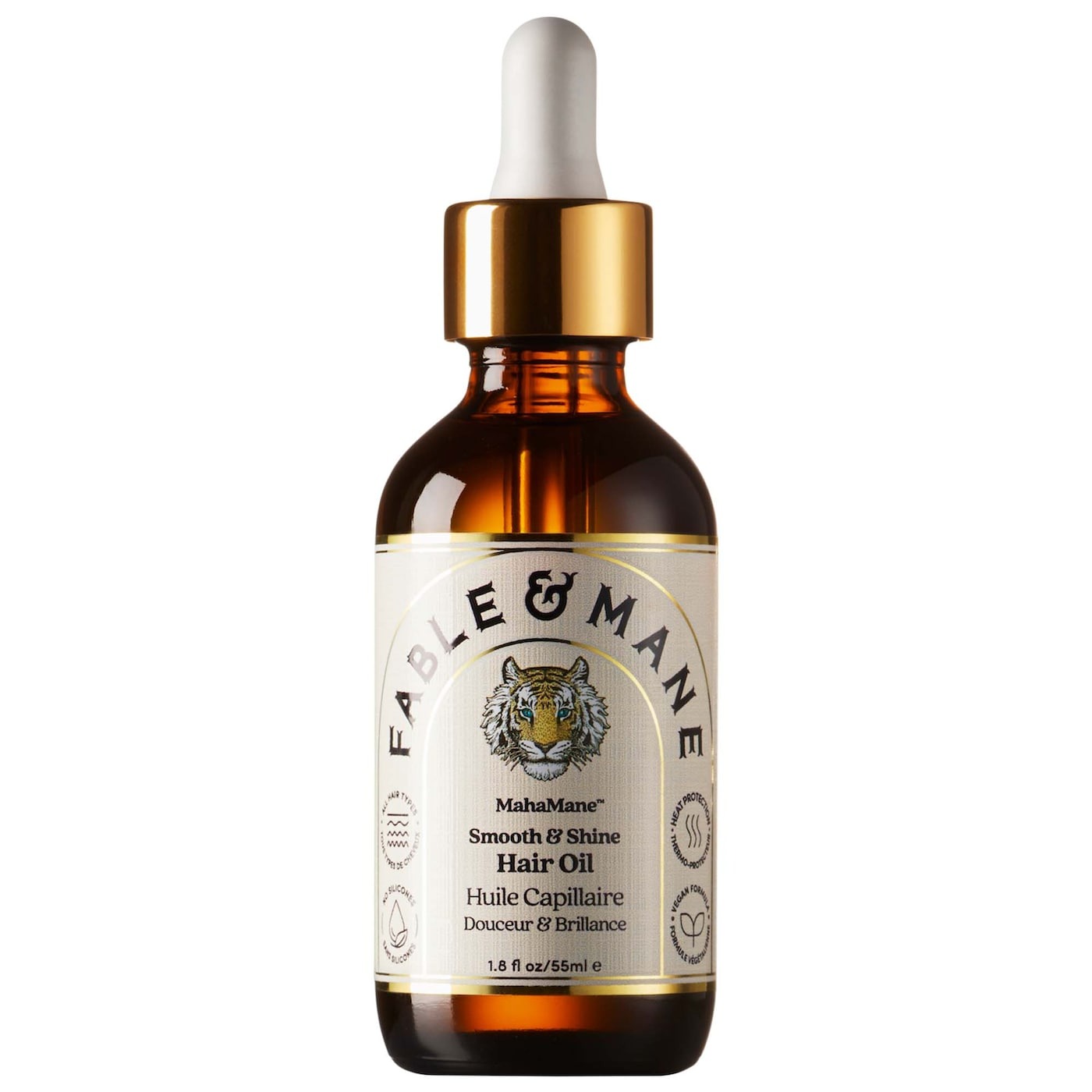
Customer Review: "My 4c hair loves this stuff! I use the oil to prepoo and I apply a little bit after flat ironing my hair for some shine. It makes my hair nice and soft. Smells divine too."
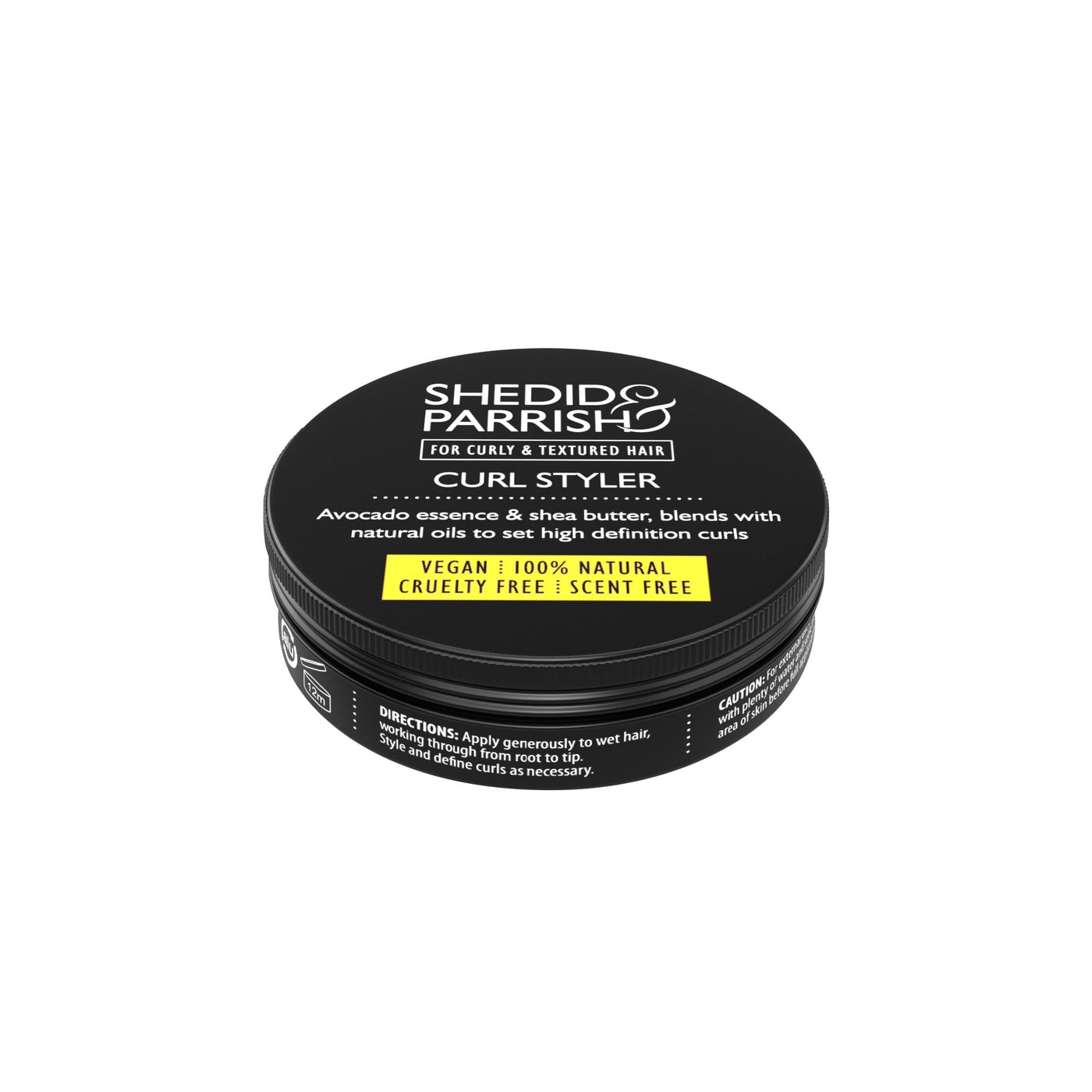
Customer Review: "This product is lovely. I have tried many, many products for curly hair, and this has to be the best so far! Lightweight for my curls. Feels super soft on application. Keeps my curls bouncy and moisturized all day!"
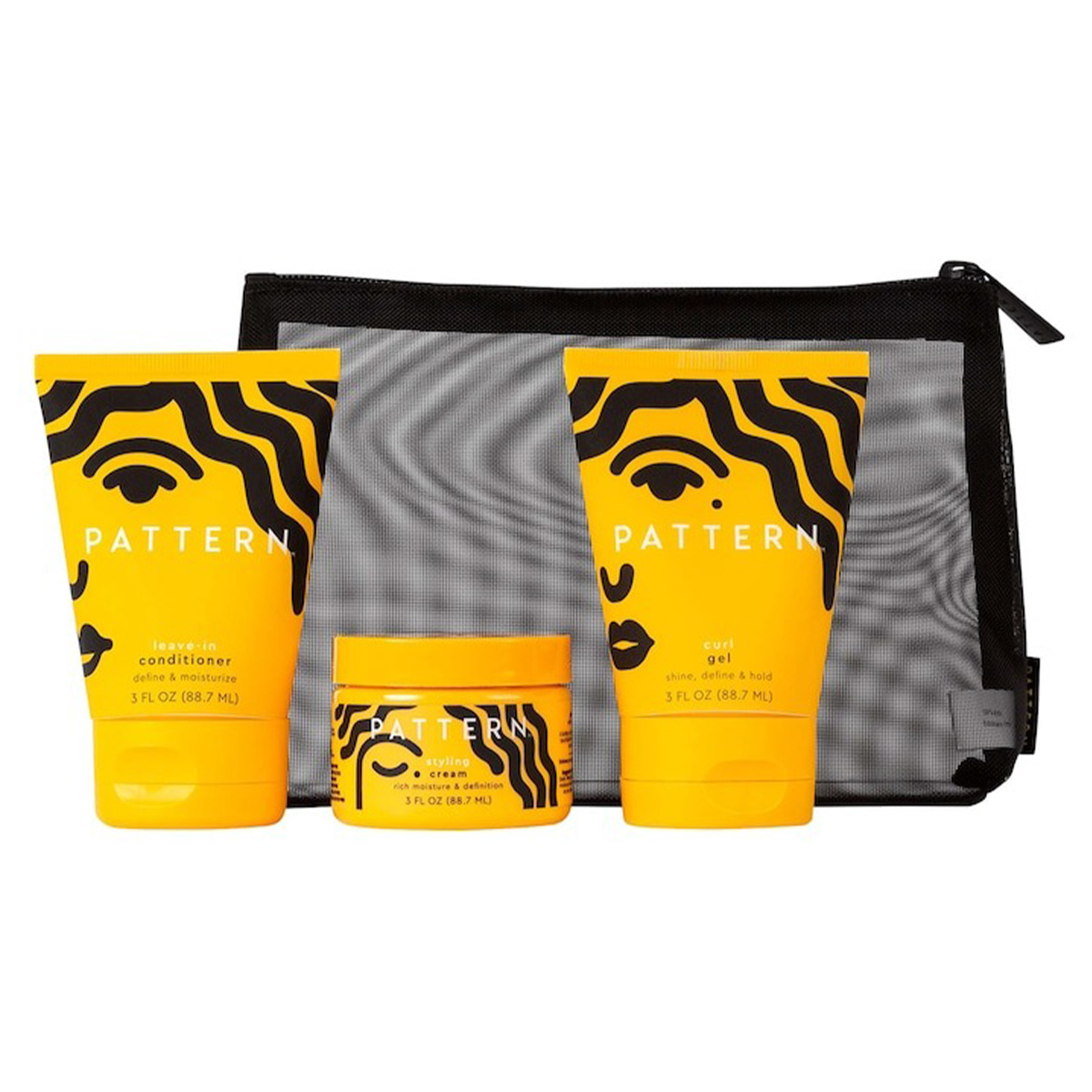
Customer Review: "I came to the realization recently that my unmanageable hair is actually more curly than I knew. I picked up this set to experiment, and it has totally changed my hair! I absolutely will be buying full sizes!"
Building a Curly Hair Routine
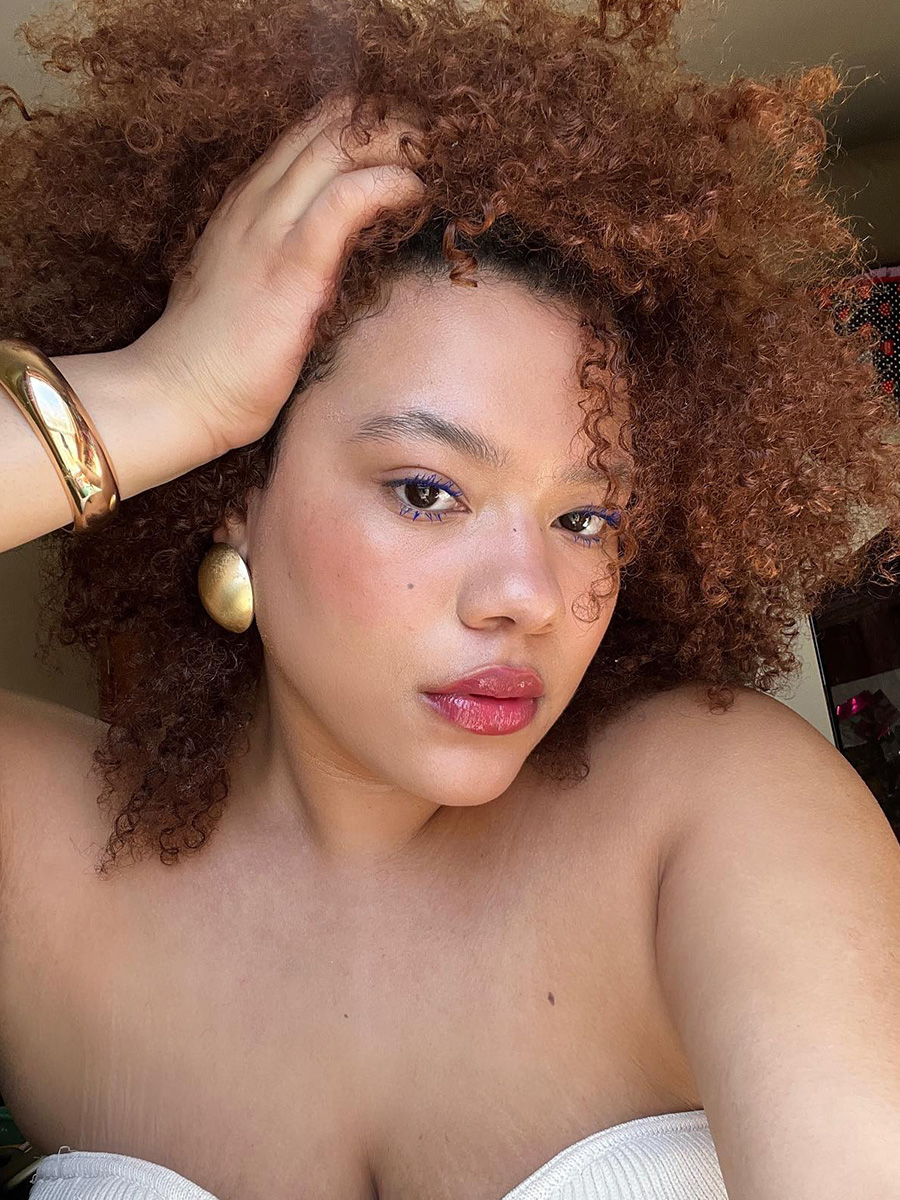
For anyone who's just beginning to learn about their curls, consider scaling back on hairstyling products and heat-styling to focus solely on creating a haircare routine built around the wellness of your hair. This can be done by trimming your strands every 10 to 12 weeks and using pre-wash oiling treatments, hydrating/repairing products, leave-in conditioning creams, heat protection, and sleep protection. "All your hard work is lost unless you use nighttime hair protection to protect not only your hair but also all the products you've applied to your hair from being lost to the abrasive fabrics of your pillowcase," Sotiriou says.
Unsure of where to start on your curly hair journey? Below, Sotiriou shares four steps you can take to promote healthy, thriving curls through hydration, styling, and maintenance as well as the products she recommends adding to your natural haircare lineup for the best possibly results. She likes to call her go-to routine the "lock in, ease out, maintain" method.
- Lock In (Hydrate) - Wash the scalp with a moisturizing, protein-rich shampoo that will bring your hair to a level where you will need far fewer styling products. Follow with a hair mask or conditioner and distribute product through the hair with a wide-tooth comb or a wet brush, rinse, squeeze out excess water, and apply a leave-in conditioner.
- Ease Out (Cast and Release Curls) - Apply curl mousse, styling cream, or styling gel before leaving the hair to dry and set into curls. Once set, rub oil serum into the palms of your hands, tip your head upside down, and squeeze the serum into the mid-lengths and ends of the hair.
- Maintain (Make Curls Last) - Extend your curly style by protecting it overnight with a silk hair wrap. Sleeping on curls without it will cause your curls to frizz and dehydrate. You'll also want to avoid overwashing!
Additionally, finding a line of products that works for your particular haircare needs and sticking with it will reap the best results. "I promise you will always be searching for the perfect product, but my honest opinion is that it doesn't exist for everyone. The product that works for your bestie will not give you the same results because you have different hair," says Gutterman. She recommends the products offered by All About Curls for those just beginning to learn how to style their curls.
Gutterman prefers using equal parts of the line's Bouncy Cream ($22) and High Definition Gel ($14) to add moisture to the strands. "Finding your own cocktail seems like a lot of work, but practice makes perfect! You can never go wrong with a hydrating cream. Once you master the level of moisture, then you can decide how much hold you need," she adds. Don't be afraid to get your hands in you curls and play with products!
To get you started on your hair journey, keep scrolling for more expert-approved product favorites for all curly hair types.
More Curl-Approved Products

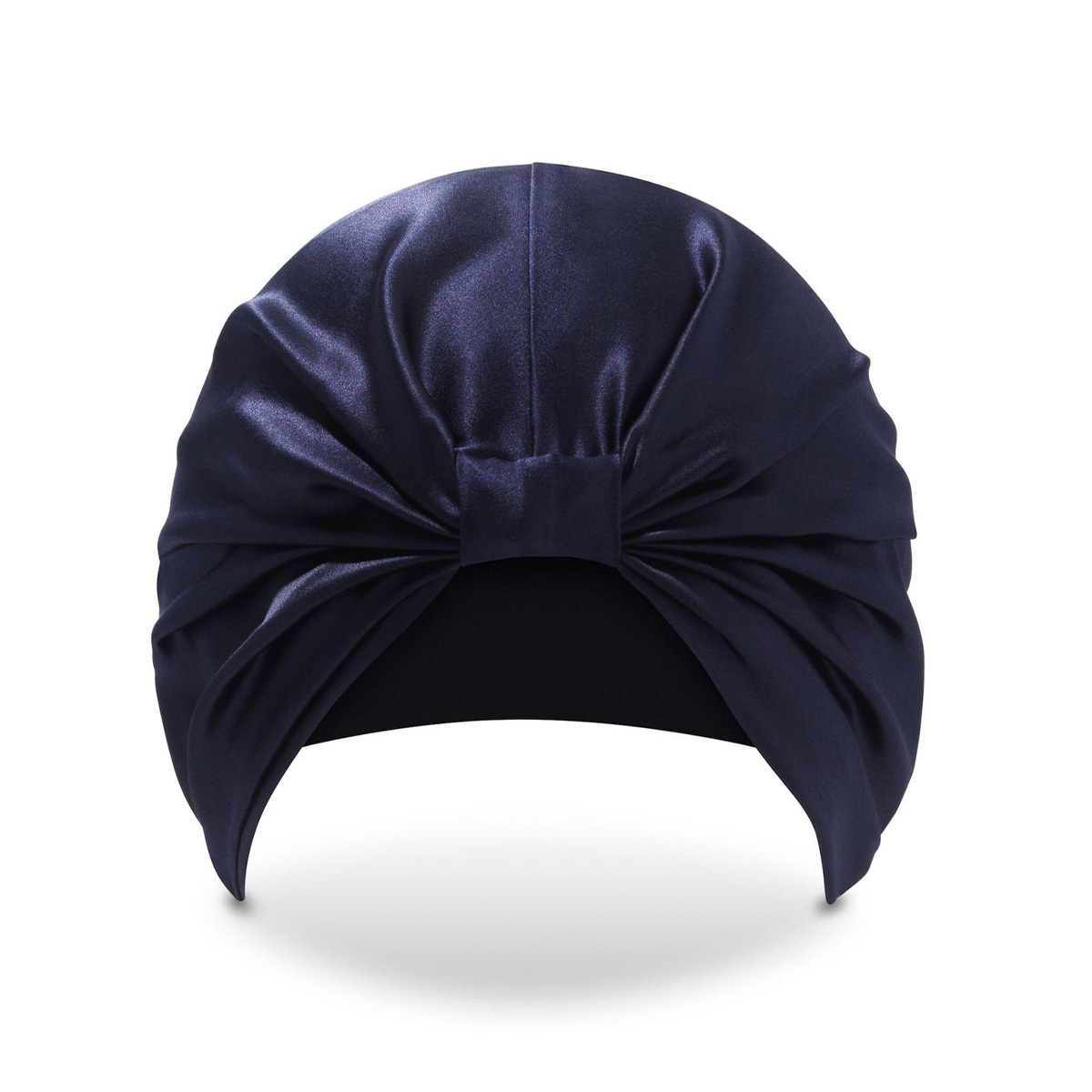
Customer Review: "I use the hair wrap every night for my curls and I've honestly seen such a difference in my hair. I can now go multiple days without tying it up into the inevitable messy bun, and it's never been so long!"
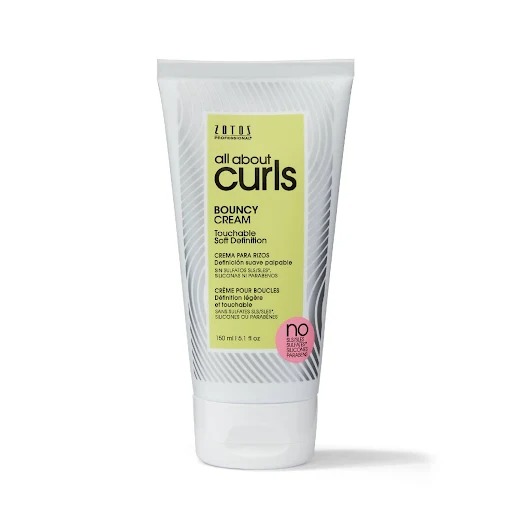
Customer Review: "My hair tends to frizz A LOT, but the bounce cream is amazing holds curls together. Not stiffening hair. Soft to the touch bouncy curls. The cream is thick, so less is more."
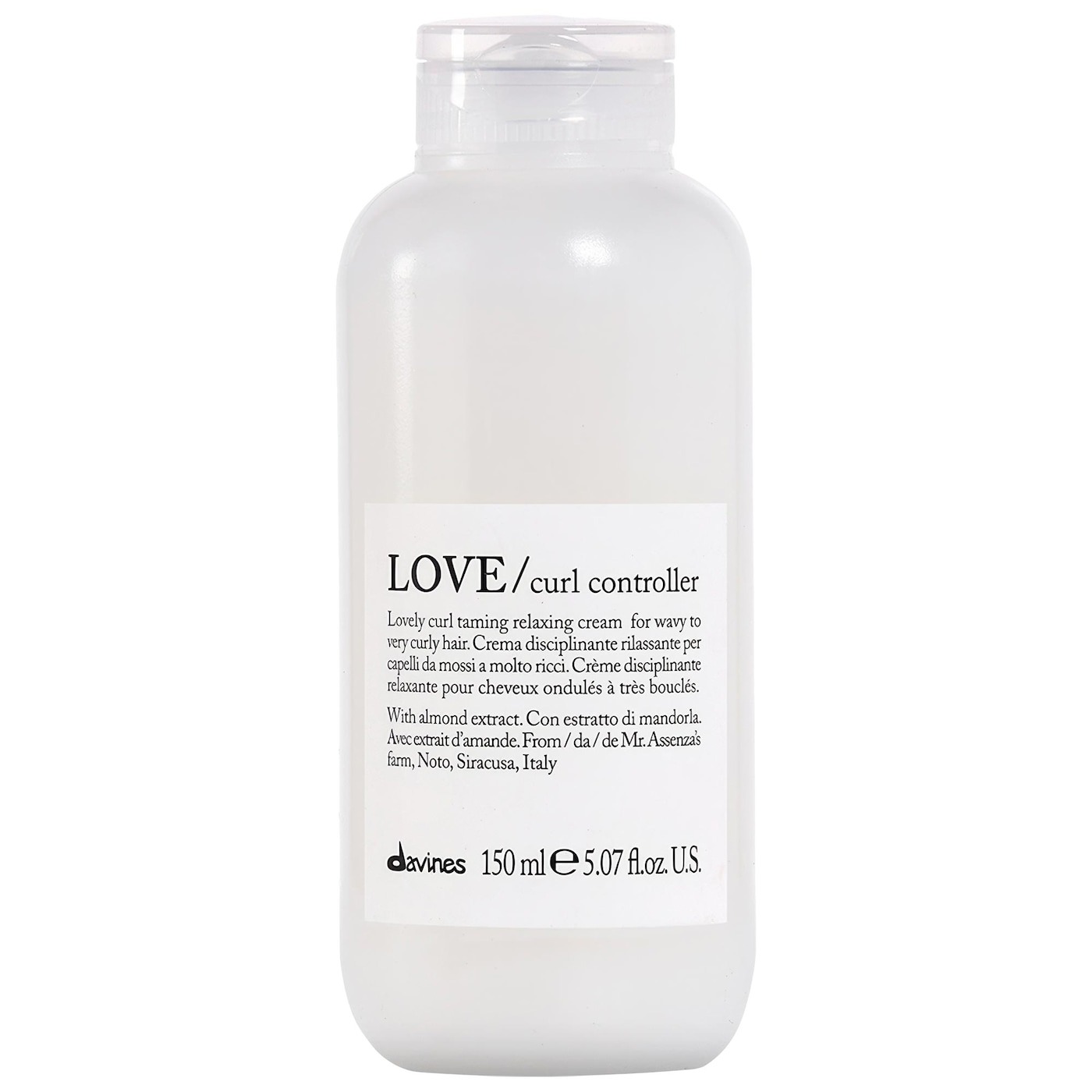
Customer Review: "My stylist uses Davines on my hair, and it's such an incredible product. It brings out my natural waves and curls with zero crunch or stiffness. No frizz, and I don't have to wash my hair as much. The curls stay for a few days!"

Customer Review: "Love this styling gel. It keeps my hair full of hydration and simply adds heart to the overall being of my hair! My twist-outs are defined and long lasting too! This original collection is not to be slept on forreal!"
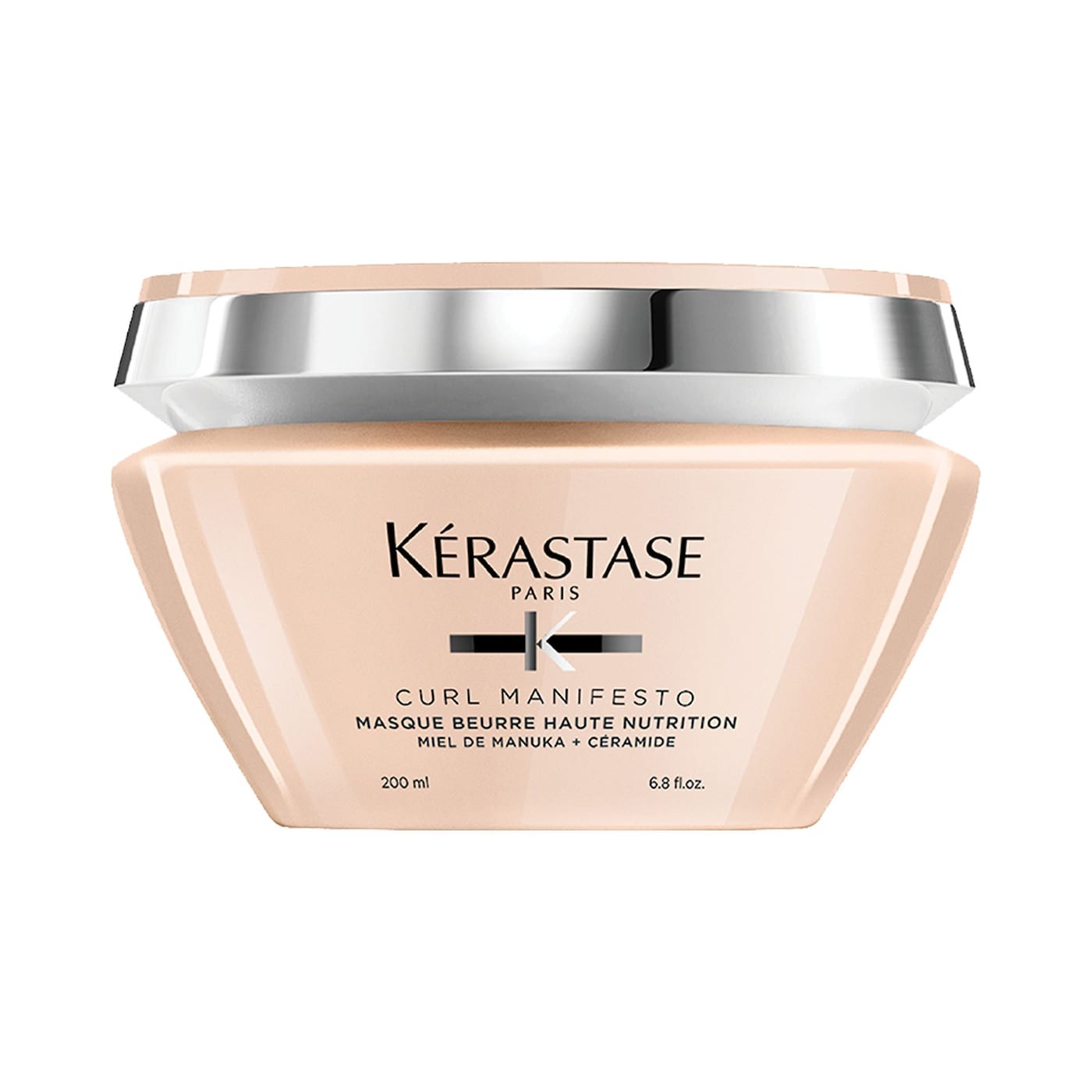
Customer Review: "I'm loving this very much. It helps my curls stay healthy. It helps define my curls. It smells great, is lightweight. Makes my hair feels so good."
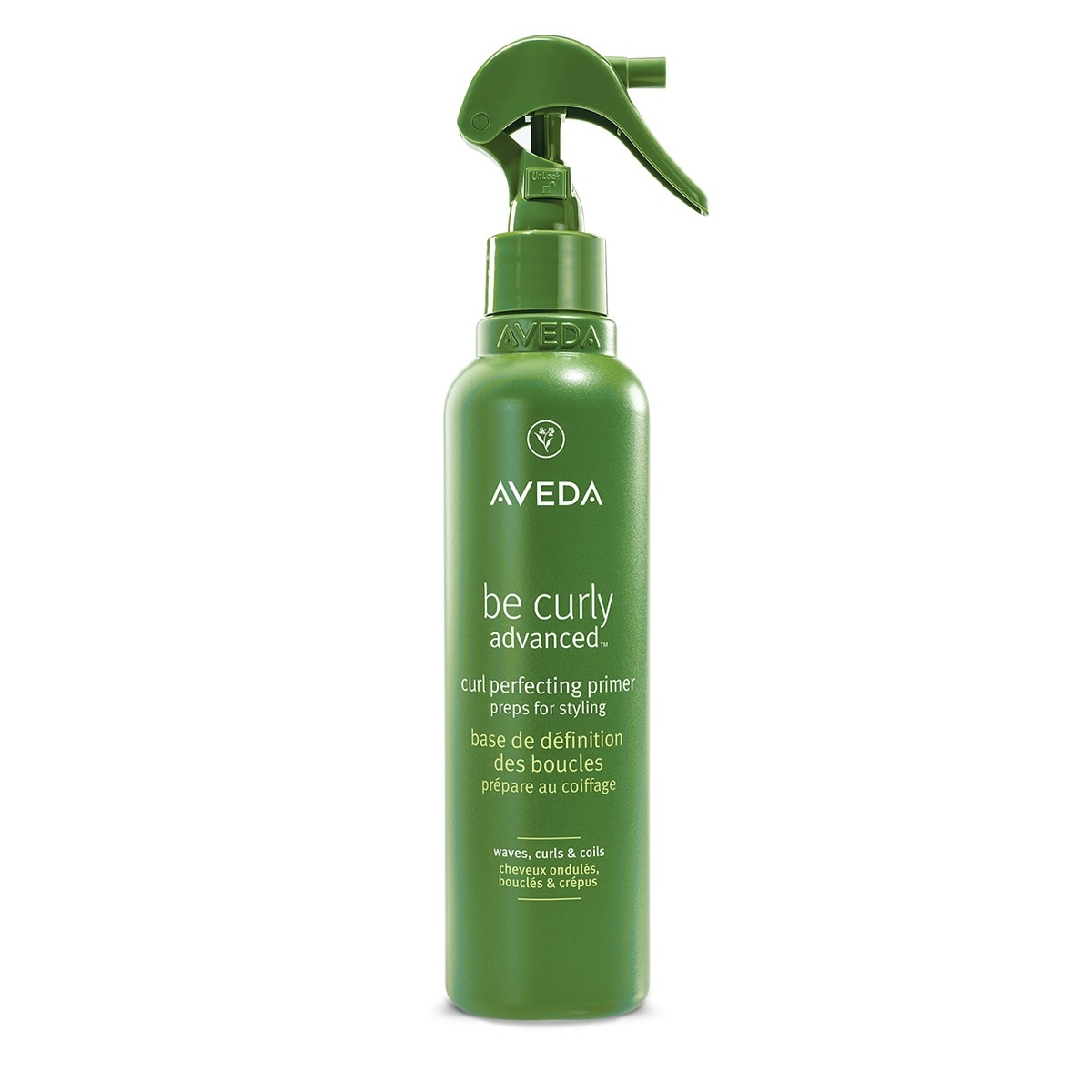
Customer Review: "This was gifted by Aveda, and this spray smells amazing and made my hair smell amazing as well. It made my hair super soft and brought my wave pattern back in my hair. I recommend this to anyone who's looking for a product to bring their curls back."
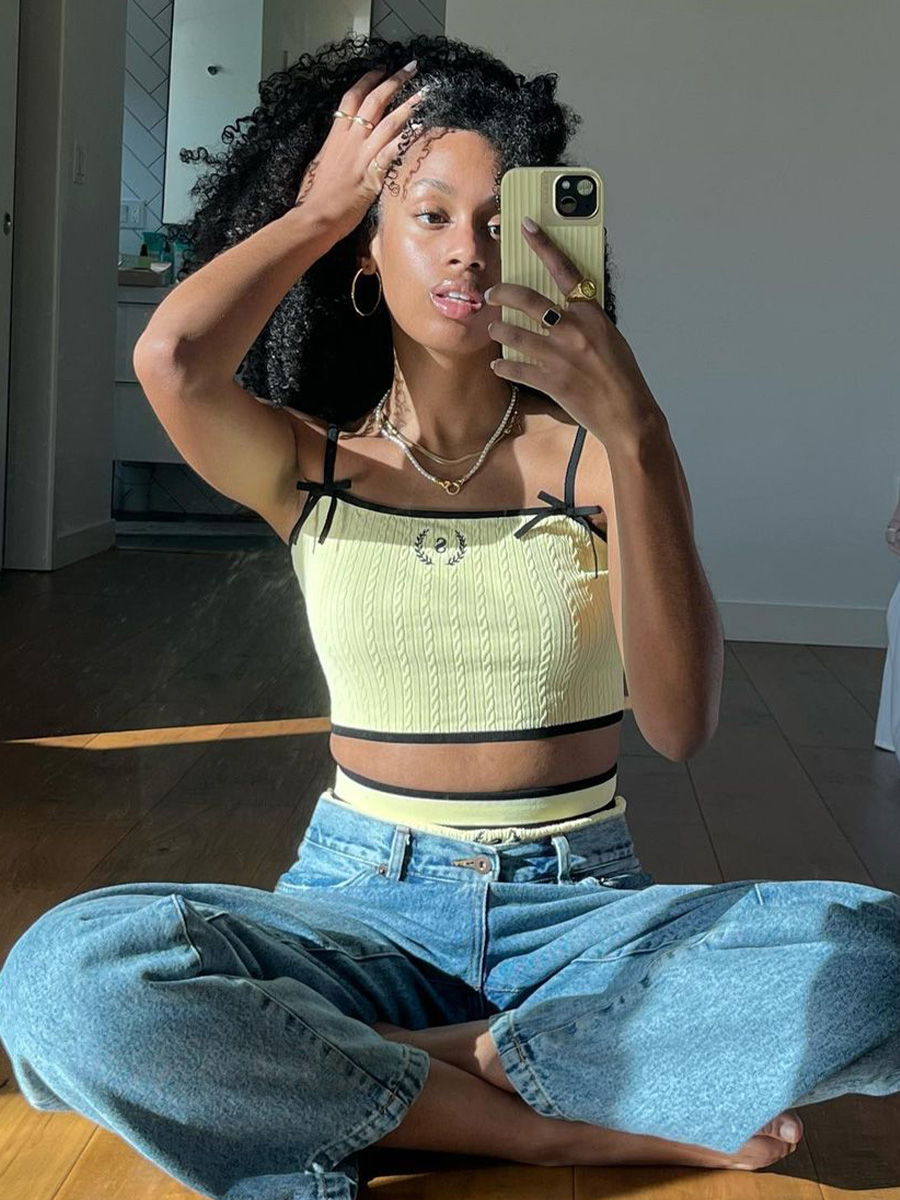

Customer Review: "I love that I am able to protect my hair from the sun while also getting amazing texture at the same time! All with this one product! I would definitely recommend this to anyone, I have thin hair so it really gives me a lot more volume!"

Customer Review: "Smells divine. The bottle looks gorgeous. And the formula gives my fine hair amazing volume while making my roots look less oily and flat. I just spray and tease with my fingers to tousle and add volume that lasts hours!"
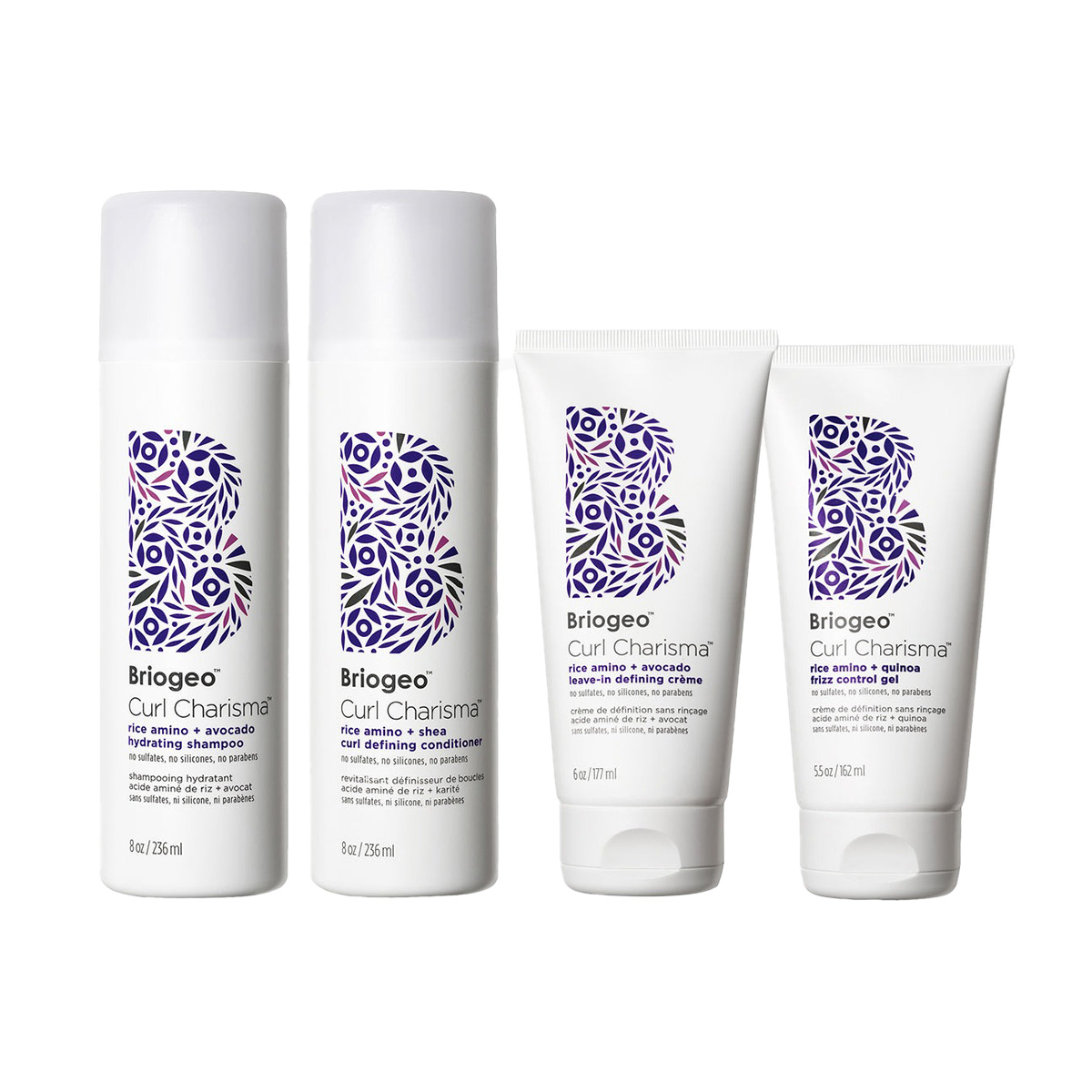
Customer Review: "This line makes my hair feel so soft! I love that I can work my way through tangles with the conditioner alone. The leave-in works really well as a standalone product, but the gel provides extra definition with a soft hold."

Customer Review: "I love Chunks! I have this clip in a diff colorway, and let me say, it has been a game changer for my current grow out from a bob hair. I have thick hair also, and this clip opens wide and has a strong hold. Keeps my hair up & in place all day. Highly recommend!"

Maya Thomas is Who What Wear's Associate Beauty Editor based in New York City. Her strong love for all things beauty and fashion stems from a strong childhood interest in the fine arts. During a gap year spent in Paris studying the history of French fashion, she shifted her focus to English literature and journalism as a student at Loyola Marymount University with the goal of one day pursuing a career in fashion. After graduating in May 2021, Maya began freelancing for Parade.com as a contributing commerce writer while also building a following on her lifestyle blog, Itsmayalala.com. When she's not writing, Maya spends her free time catching up on reading, perusing art galleries, and enjoying a night out at the ballet every now and then.